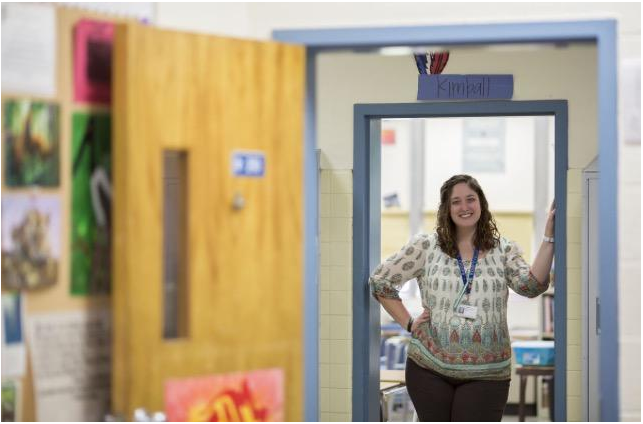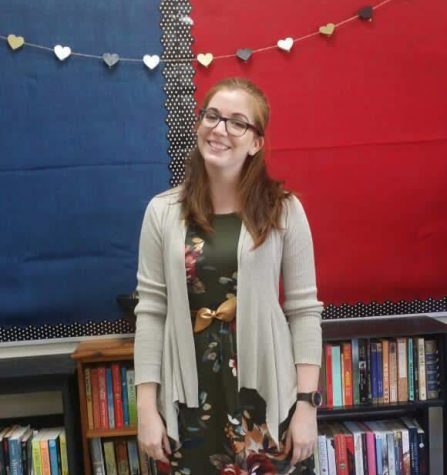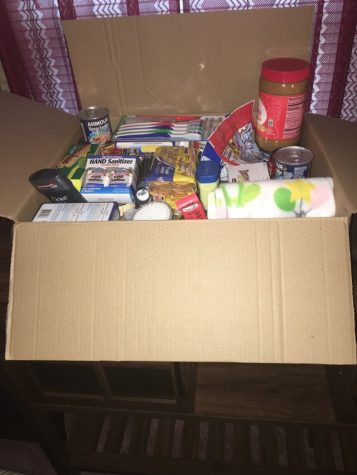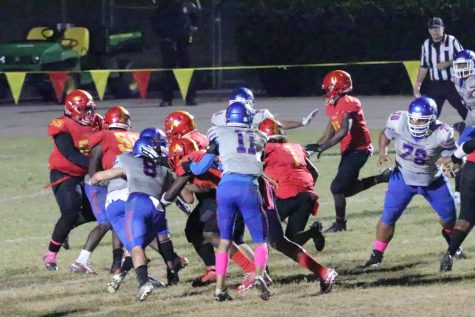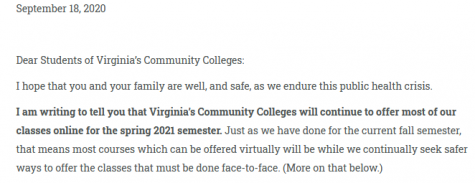Teachers Overcome the Challenges of Virtual Learning
Photo provided by Kara Kimball
“I think I could get used to the 8:30 start time, but I don’t think I could get used to being so distant from my class,” said Kimball. “We can’t feed off of each other’s energy and laughter like we used to.”
September 21, 2020
Due to the abrupt ending of the spring semester, teachers were eager to get back into the classroom. However, they now face the challenge of adapting to a virtual environment. This unprecedented situation forced teachers to get creative in how they interact with their students.
Charlotte Jenkins, an AP English 12 and EBA Honors 10 teacher, opted to use Breakout Rooms in her Zoom classes.
“Looking back at 26 screens and trying to keep all engaged has been tough,” she said. “I put [students] in Breakout Rooms that I join, so I can see all are participating and learning.”
Subjects that relied heavily on in-person teaching also underwent changes. Mary Boubouheropoulos, a Public Speaking, Dual Enrollment Public Speaking, and Dual Enrollment Intercultural Communication teacher, dealt with this obstacle.
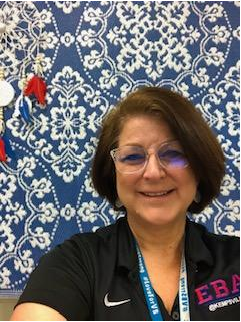
“[In Public Speaking], we… learn how to frame our bodies to the camera and focus on quality sound and lighting. Those are things we do not have to really worry about when we are face-to-face,” said Boubouheropoulos.
Her Public Speaking students recorded speeches or performed in front of a virtual audience as a substitute for speaking live.
Similarly, other teachers changed their lesson material to accommodate for the virtual setting. Kara Kimball, an AP English 11, AP English, and Virginia Teachers for Tomorrow teacher, struggled with the new 4×4 schedule.
“Normally, I begin with the harder material, but because my Term 1 students will have a three month break in between my course and the AP exam, I’m waiting until later to start the things they need to remember most,” said Kimball.
For Jenkins, acting out Shakespeare plays was common in her class. However, many of her activities proved difficult to transfer to the virtual classroom.
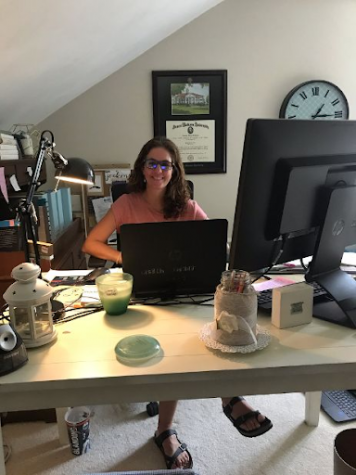
“I have to either cut… or configure how I will make [activities] work virtually,” said Jenkins. “I love to do the class trial where we put a character from a novel or play on trial… but [I’m] not sure how I can do this via Zoom.”
Outside of coursework, teachers also had trouble replicating the same personal connections with students that happen in person.
“Not ‘seeing’ your students face-to-face is a huge challenge, but we have to come to realize that we can still build a community online,” said Boubouheropoulos.
Kimball found a solution that brought her closer to her students.
“I worried that students wouldn’t be able to connect to me and each other,” she said, “but opening our class five minutes early—just like we would at the bell change in school—has given us time to chat and connect.”
Though virtual learning wasn’t the teachers’ first choice, Zoom classes provided some unexpected benefits that teachers intend to integrate into their in-person classes.
“I would love to continue integrating on demand learning once we are back in classes,” said Kimball. “Students should be able to work through more of the curriculum at their own pace.”
Teachers also enjoyed receiving feedback from students.
“This changed me as a teacher—for the better. With the Zoom options for chat and polling, you are seeing so much more involvement from students,” said Jenkins. “Shy students are participating when they otherwise may not have. When we go back… I will use some sort of program that encourages virtual participation throughout class.”
In virtual classrooms, students haven’t been the only ones receiving lessons. Teachers learned new things about themselves and their teaching methods.
“Teaching in quarantine has taught me more patience and flexibility than I thought I ever could have,” said Kimball. “I’m more focused on the essential skills and relationships we can build as a class.”
As teachers learn to close the distance between students and school, virtual classrooms helped to evolve the meaning of learning. While students and teachers alike favor in-person classes, virtual learning has made an undeniable impact on schooling as a whole.



